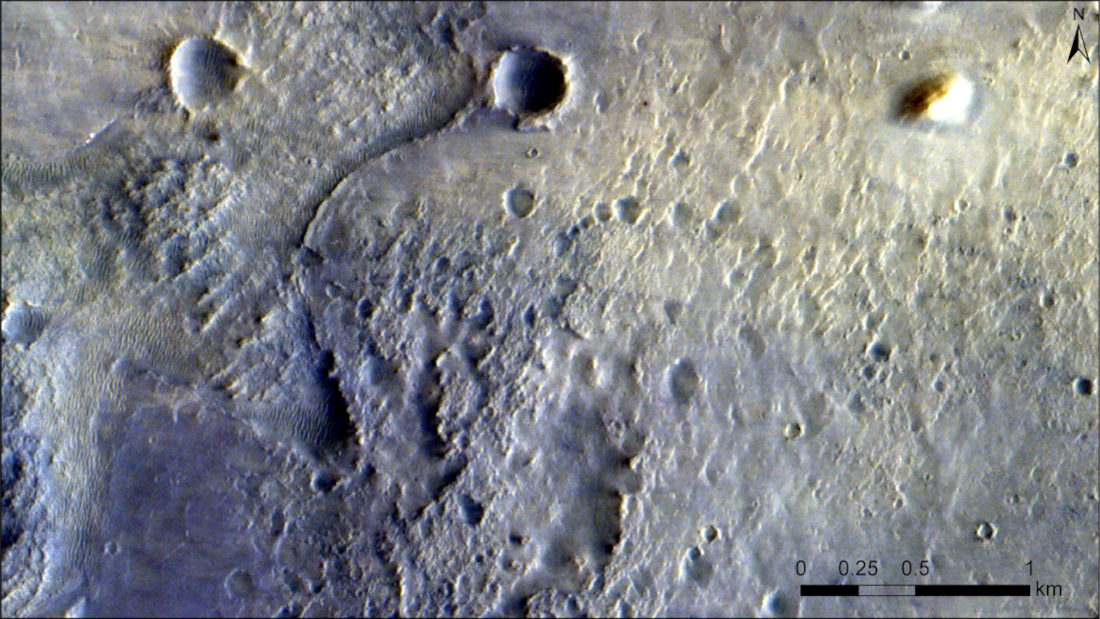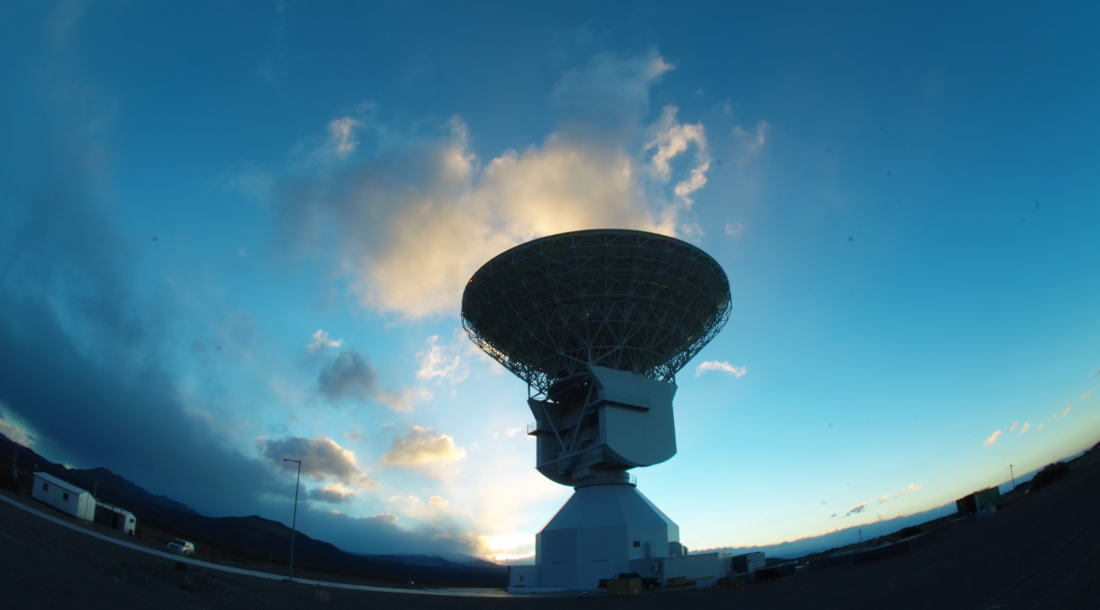ExoMars TGO: a critical data relay platform in Mars orbit
On 18 February 2021, NASA’s Perseverance rover landed in Jerezo crater on Mars to begin a crucial exploration mission, recently performing its first drive. The rover will look for signs of ancient life, as well as study the evolution of Mars’ climate, surface and the interior of the planet. The rover will test out technologies for future human exploration of Mars. In addition to these science goals, Perseverance has a unique goal of collecting and caching samples of Mars material for possible future return.
One of the European Space Agency’s flagship missions, the ESA-Roscosmos ExoMars Trace Gas Orbiter, is serving as a critical data relay platform in orbit at Mars, catching data signals from the rover and relaying them back to NASA ground stations. This low-latency data relay support is provided as part of the Mars Relay Network.
To provide this vital service, ExoMars TGO is flown and operated via ESA’s own ground station network, known as Estrack.
WORK Microwave helps ESA support Mars rover…
We at WORK Microwave are very proud of having equipped ESA’s Estrack deep space ground stations with our X-Band up- and down-converters. TGO receives its operational instructions from ESA’s ESOC mission control centre in Darmstadt, Germany, and sends pictures and other scientific data back to Earth to the Estrack stations, where signals are processed via WORK Microwave’s X-Band up- and down-converters.
In advance of NASA’s February landing, one of TGO’s special tasks was to image and characterise the Mars rover landing site in Jezero Crater. The European mission delivered good results, as the world could excitedly watch Perseverance’s successful landing in February.
Beside from X-Band up- and downconverters for Estrack network, WORK Microwave also provided ESOC with Ka-Band Up- and Down-converters in December.
… and will help at ESA’s future Mars rover mission.
In future, ExoMars TGO will also provide data relay support for ESA’s future Mars rover, expected to launch in 2022. These signals, too, will be received by the Estrack stations and processed via WORK Microwave’s advanced technology.
ESA’s Estrack network is a global system of ground stations providing links between satellites in orbit and ESOC, the European Space Operations Centre, in Darmstadt, Germany.
These stations can communicate with spacecraft almost anywhere – circling Earth, watching the Sun, orbiting at the scientifically crucial Sun-Earth Lagrange points, orbiting Mars or Mercury or voyaging deep into our Solar System.




